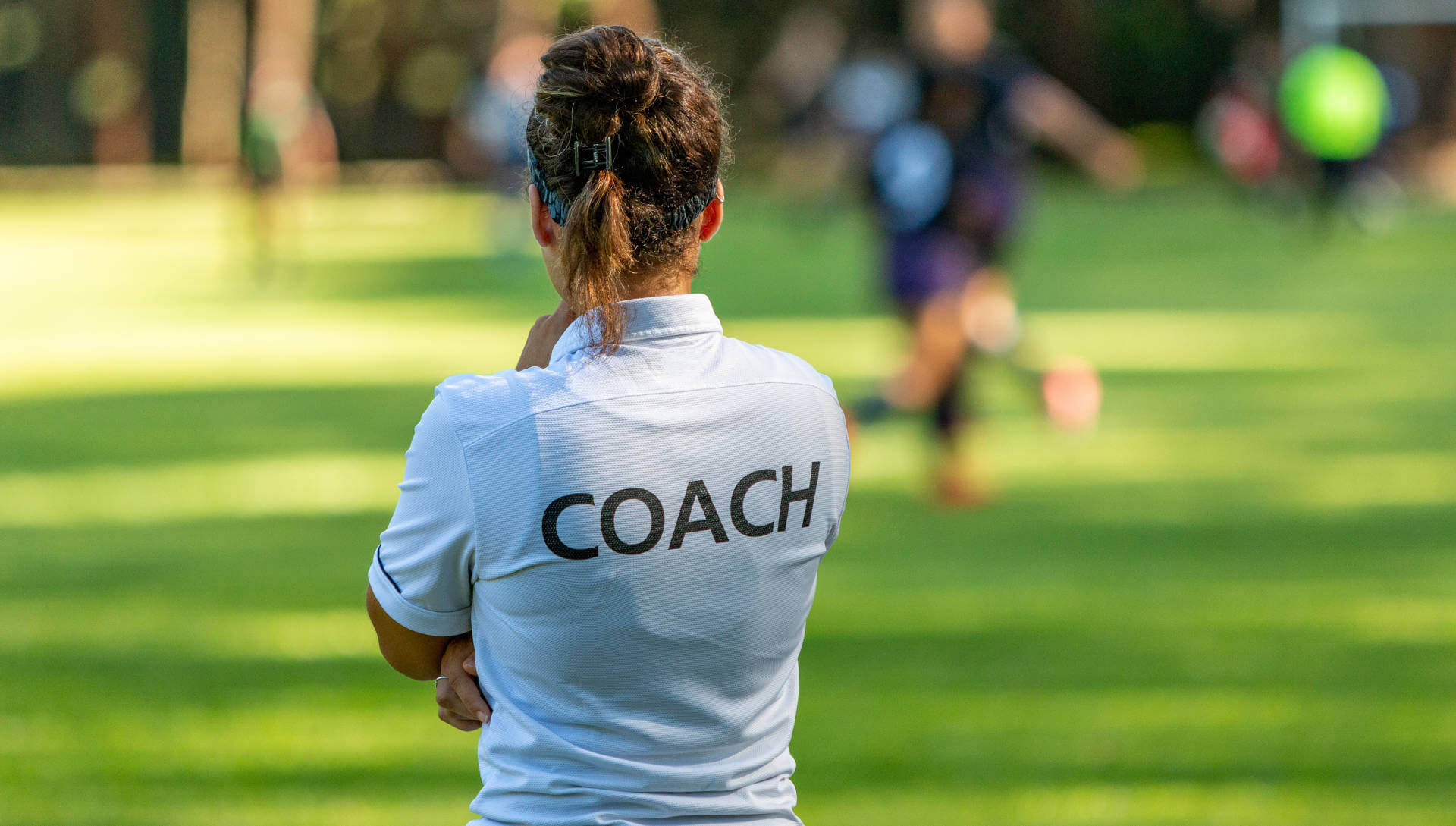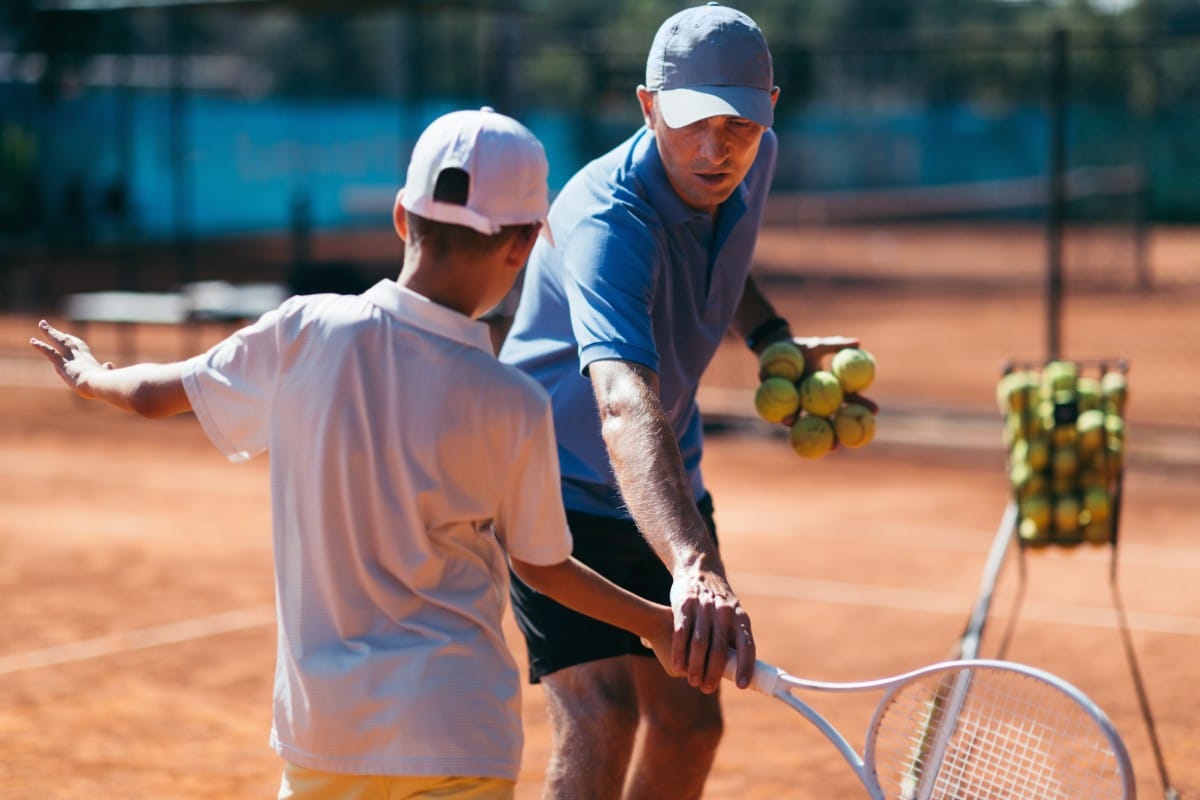- /

Your ideas keep coming and they are fantastic. This is the next installment of our feature on Coaches Helping Coaches. Keep sharing and keep believing.

Advice for New Coaches
- Keep encouraging students every day to be their best. Ask parents for help- food/banquet organization- many love helping! Thank parents for their efforts– they have given a lot for their athletes to be where they are.
- Comparison is the thief of joy. Stay present in this moment with the team in front of you.
- Follow through always. Be a student to your sport, and always remember your why. The athletes are always the priority. If they enjoy what they do, then they care. When they care, they perform their best.
- Believe in your worth and see the growth of your players. That’s the reward that nobody can take away.
- Support students in areas outside of your sport. If students are also in activities, work really hard to create an environment that supports success and dedication in all areas.
- Put in the time. It pays off. It’s hard work but worth it. You may not reach them all, but if one life is bettered, you’ve made a difference. That’s why we do what we do.
- Never stop learning! There’s always going to be something new–new coaching theories, new ways to teach a skill, new technology to enhance your coaching. Keep what works great for you, but don’t be afraid to step outside of your comfort zone and try out something new.
- The best advice I have for younger coaches is to choose the thing that you do very well and do that to the absolute best of your ability. If you are best in building community…do that to the best of your ability; if it is develop strategies…do that to the best of your ability. That one thing, whatever it may be, is what will set you aside from everyone else.
- Build a family type of atmosphere where kids feel as one–welcomed, cared for, positive influence, pushed to do and be their best. Then great things will come your way as a team/program. Some of the best Championship teams were not because they were the most talented but the way they loved and pushed each other like family.

New Coaching Challenges
- Not really a new challenge but parents and crowd members are a consistent challenge for coaches. The way that some fans behave at the game is so far from showing sportsmanship that it’s sad. I’ve also noticed a rise in the number of parents that want to “coach” their kids from the stands. It’s disheartening to see how many student athletes are affected by or even quit their sports because of this; all they want from their parents is encouragement.
- Social media and the fact that everything is recorded. Coaching decisions are constantly being second guessed, especially if you lose a game. Kids also want immediate results. They struggle with understanding that results take time
- I’ve been coaching for 38 years. In my early years, I found players to be tougher skinned than the players I coach today. I’ve had to change my ways to accommodate these personalities.
- I’ve been coaching for 20+ years now, and I see a lot more of “Me” instead of “We”, and a lot less commitment to their teammates. Athletes are so committed to their social media followings of people they don’t know that they neglect their teammates who are actually in front of their face. I sometimes have to take our athletes’ cell phones during practice and lock them in a box to keep them off their phones. It’s crazy.
- Getting kids to be willing to care about others more than themselves when playing the game. Getting them motivated to push each other in a positive manner rather than ridicule each other for mistakes that happen during a game.

Leadership Development Exercises
- I think that having student-athletes contribute back to the community that supports them is huge. My philosophy follows the motto “On the Mat. Off The Mat.” I want these young men and women to be able to be positive leaders in more ways than in the wrestling room. So, we have weekly challenges: one week may be to make sure that you thank someone for something that they normally would not call out, another is to do something for their guardians without being asked or do something nice for someone in school that you don’t know. They then have to report back to the team about what they are learning in the process.
- Challenge up. With cheer it might be easier than with other sports but give the athletes a chance to challenge for a desired spot in the front row. The challenger chooses a person that is in their desired position. The two athletes compete against each other in a skill for that position and the winner gets that spot during the following event. It keeps the veteran athlete on their toes, so they don’t assume they have a spot just because they did the previous time, and the younger athlete has a goal. For both, it also teaches good sportsmanship. We only do this once per week (usually on Mondays) and IF an athlete loses their front row position, they can challenge for it the following week.
One of the activities that I have done with teams is to have them create a list of 10 things good teams do. They break off into pairs and regroup every two minutes until as a team they have completed their top 10 list. From that top 10 list, they must separate into two categories: what they already do well and what they need to work on. From the list of things, they need to work on, each player chooses one statement that they will personally address. Then, they must each come up with one related thing that they can do in that practice/game/week to improve.

Love this blog of ideas for coaching going forward and organizing your team